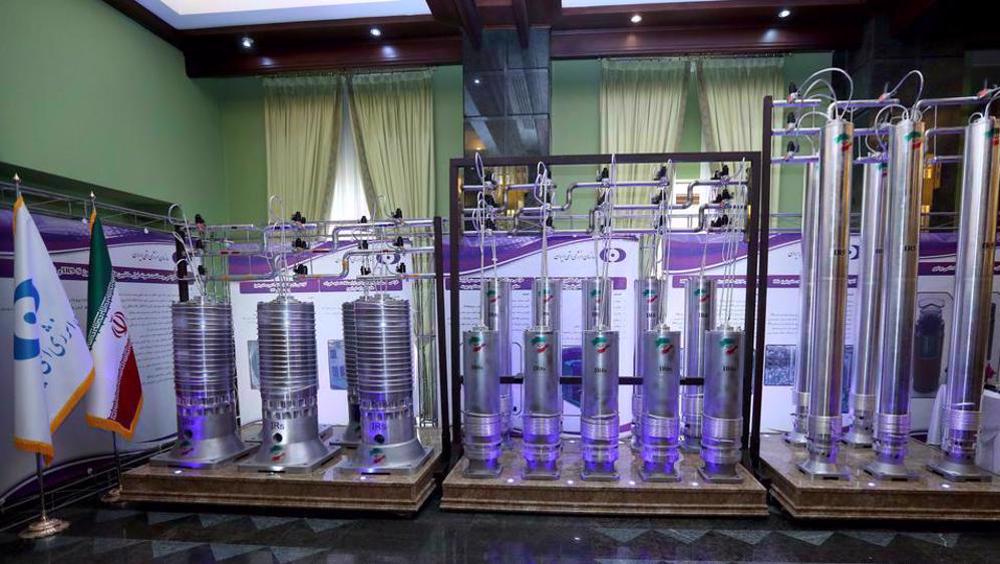IAEA: Iran installs advanced centrifuges at nuclear site hit by sabotage operation
The International Atomic Energy Agency (IAEA) has reportedly confirmed that Iran has installed extra advanced centrifuges at its Natanz nuclear facility, which was hit by an act of sabotage earlier this month.
“On 21 April 2021, the Agency verified at FEP (Fuel Enrichment Plant at Natanz) that: ... six cascades of up to 1,044 IR-2m centrifuges; and two cascades of up to 348 IR-4 centrifuges ... were installed, of which a number were being used,” said the IAEA report to member states, seen by Reuters, on Wednesday.
It added that Iran has informed the IAEA that it plans to install four more cascades, or clusters, of IR-4 centrifuges at the FEP, where both of the IR-4 cascades it had planned have now been installed.
The report made no mention of the sabotage act or its effect on the nuclear facility’s activity.
On April 11, Iran reported an act of sabotage that led to a power failure at the Natanz uranium enrichment site.
Iran has blamed the act of nuclear terrorism at Natanz on Israel, which has a history of carrying out sabotage acts against Tehran’s nuclear work and assassinating the country’s nuclear scientists.
Iranian officials have said while the aim of the attack was apparently to limit Iran’s nuclear capability, all the centrifuges that went out of order due to the incident were of the IR1 type that are being replaced with more advanced ones.
Last year too, Natanz was targeted in another terrorist move that blew up parts of the installation, in an attack that Tel Aviv is likewise suspected of having orchestrated.
According to a previous report, the IAEA verified late in March that Iran has begun enriching uranium with the fourth cascade of advanced IR-2m machines at its Natanz plant, saying, “In summary, as of 31 March 2021, the Agency verified that Iran was using 5,060 IR-1 centrifuges installed in 30 cascades, 696 IR-2m centrifuges installed in four cascades and 174 IR-4 centrifuges installed in one cascade to enrich natural UF6 up to 5% U-235 at FEP.”
Following the Natanz attack, Iran notified the UN nuclear agency of a plan to start 60-percent uranium enrichment, which has different applications, one of which is for the production of radiopharmaceuticals.
On April 16, Tehran announced that its first batch of 60-percent enriched uranium was ready at the Natanz nuclear facility.
In a notification addressed to the IAEA Board of Governors on April 17, the agency’s Director General Rafael Grossi verified the beginning of uranium enrichment up to 60-percent purity level at Natanz.
Israeli foreign minister’s visit to Somaliland sparks diplomatic outrage
Gold inches closer to record peak as geopolitical risks lift safe-haven demand
Historic hospital leveled in Quneitra amid Israeli incursions into Syria
Palestinian activist on hunger strike near organ failure in UK prison
Trump envoy Morgan Ortagus facing dismissal over alleged affair with Lebanese banker
Iran at new renewables milestone with 3.5 GW installed
‘Imperialist aggression': South African president calls for Maduro’s release
Foreign Press Association slams Israel's ongoing ban on media access to Gaza










 This makes it easy to access the Press TV website
This makes it easy to access the Press TV website